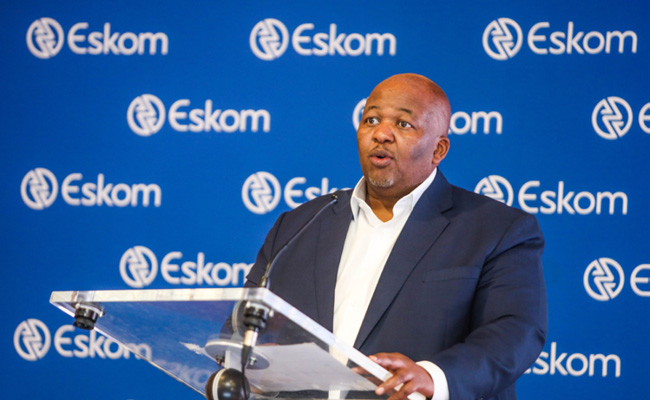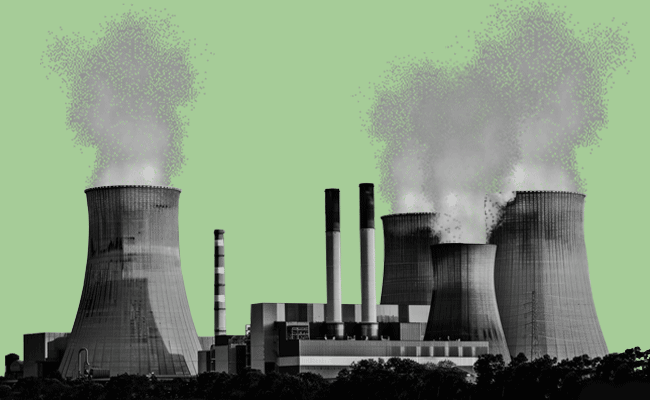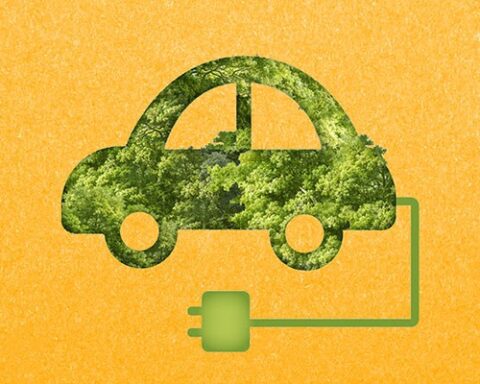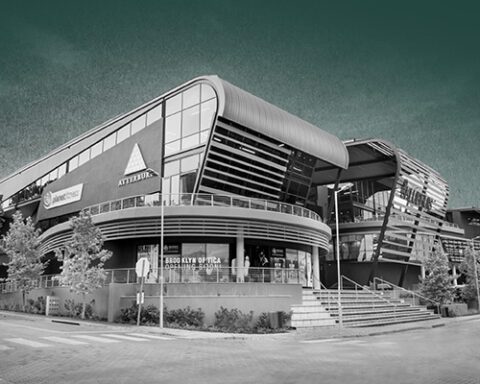Whisper it quietly, but South Africa has now kept the demon of load-shedding at bay for nearly five months. It has, however, come at a cost, the extent of which may only become clear in several years: keeping ageing coal-fired power stations alive, despite its international commitments to ditch coal.
Speaking in Cape Town, Eskom CEO Dan Marokane explains that South Africa’s decision to keep at least three power stations running until 2030 – all of which were due to have been retired by 2026 – provides “energy security” and gives the country time to prepare for the “just energy transition”.
“Between now and then, we allow ourselves to have firm and reliable recovery of generation fleet,” he says. “We can manage the energy security supply [and] demand gap much better, but more importantly, we’ll invest time and energy into establishing the repurposing and repowering activities [of the transition].”
Marokane specifically highlights the debacle of Komati, one of the country’s oldest power stations, which dates back to 1961 and was decommissioned in October 2022. Intended as a global test case for the just energy transition, the station was repurposed as a clean energy hub meant to produce 150MW from solar, 70MW from wind and 150MW from storage batteries.
Financed by a $497m facility organised by the World Bank, Komati was meant to show the world exactly how the “just energy transition” can be done smoothly, with society coming out on top.
Instead, it was a mess. Jobs were lost and the community of Komati Village, egged on by mischievous union leaders and local government officials, began to believe this “transition” was a “Western imposition” designed to destroy a thriving coal community.

A report into the lessons of Komati, released in November 2023 by the Presidential Climate Commission (PCC), recounted how many believed that “coal is the future”, with one community leader saying he’d been “born into coal, lived coal”, and another delivering the view that this transition had been created deliberately to “plant poverty” in the area.
As a pilot project for the energy transition, Komati was a dismal failure. However, as a canary in the coal mine for potential pitfalls, it has been immensely valuable, highlighting the fault lines that Eskom needs to address before shuttering power stations again.
As Marokane puts it: “It’s a big lesson we had to take on. If we don’t do this, we risk polarising this discussion around renewable or coal. The energy mix requires [it], but we need to do it at a pace that is appropriate for the economy we have.”
As a result, President Cyril Ramaphosa’s cabinet agreed to Eskom’s request to delay decommissioning three power stations – Hendrina, Camden and Grootvlei – until after 2030.
Financing at risk
So, what are the implications of delaying shutting down those coal-fired plants? South Africa, after all, committed to a just energy transition timetable with a group of developed nations at COP26 in 2021, in exchange for $8.5bn in conditional financing, which was later raised to $9.3bn.
“Some of the financing might be at risk,” concedes Crispian Olver, the executive director of the PCC. But, he says, amid a power crisis, there is little option.
“Given the experience of Komati, it will take South Africa at least five years to put in place proper repurposing and diversification plans anyway. And I think that funders broadly understand that getting new energy onto the grid is a process, rather than an instant event,” he says.
Olver is adamant, however, that coal has no place in the country’s future – no matter what individual unionists may be telling the residents of Komati.
“The truth is, the market for coal is going to phase out, and those who try block planning for the future are undermining the livelihood of those workers who could be assisted in the transition,” he says.
It’s a strategic issue, argues Olver. “If we want to sell products in the international market, we need to be competitive, and if we continue with a coal-dominated economy, we’ll be shut out of markets in Europe, Australia and even the US.”
In response, coal advocates trumpet how dire the loss of jobs will be from switching to renewables – and this is not entirely wrong. At Komati, for instance, there were 770 staff who worked there before the decommissioning, and just 159 afterwards, even though Eskom said the others would be “redeployed” to other parts of the business.
But economics is all about trade-offs; stubbornly sticking to coal might protect the 91,000 jobs in SA’s coal mining industry in the short term, but it will mean the country won’t be able to export its goods anywhere else, so you’ll be saying goodbye to 112,000 jobs in the country’s vehicle manufacturing industry, for a start.
A slavish preference for coal will, in other words, condemn South Africa to becoming an isolationist state yet again and severely diminish the argument for foreign investment.
Marokane believes that the World Bank and the group of developed countries – led by France, Germany, the US and the UK – understand why the country postponed the decommissioning of these power stations and are likely to cut SA some slack.
“Everyone recognises that, on the one hand, you have to solve the issues of the transition, on the other, you have to have a very calculated and responsible way of bringing society along,” he says.
So, South Africa’s delay in decommissioning the coal-fired power plants is a setback that may have monetary consequences for the country, but it’s not the U-turn back to coal that the rock’s biggest advocates would want you to believe. There is too much riding on South Africa’s ability to navigate the transition properly to change direction now.









